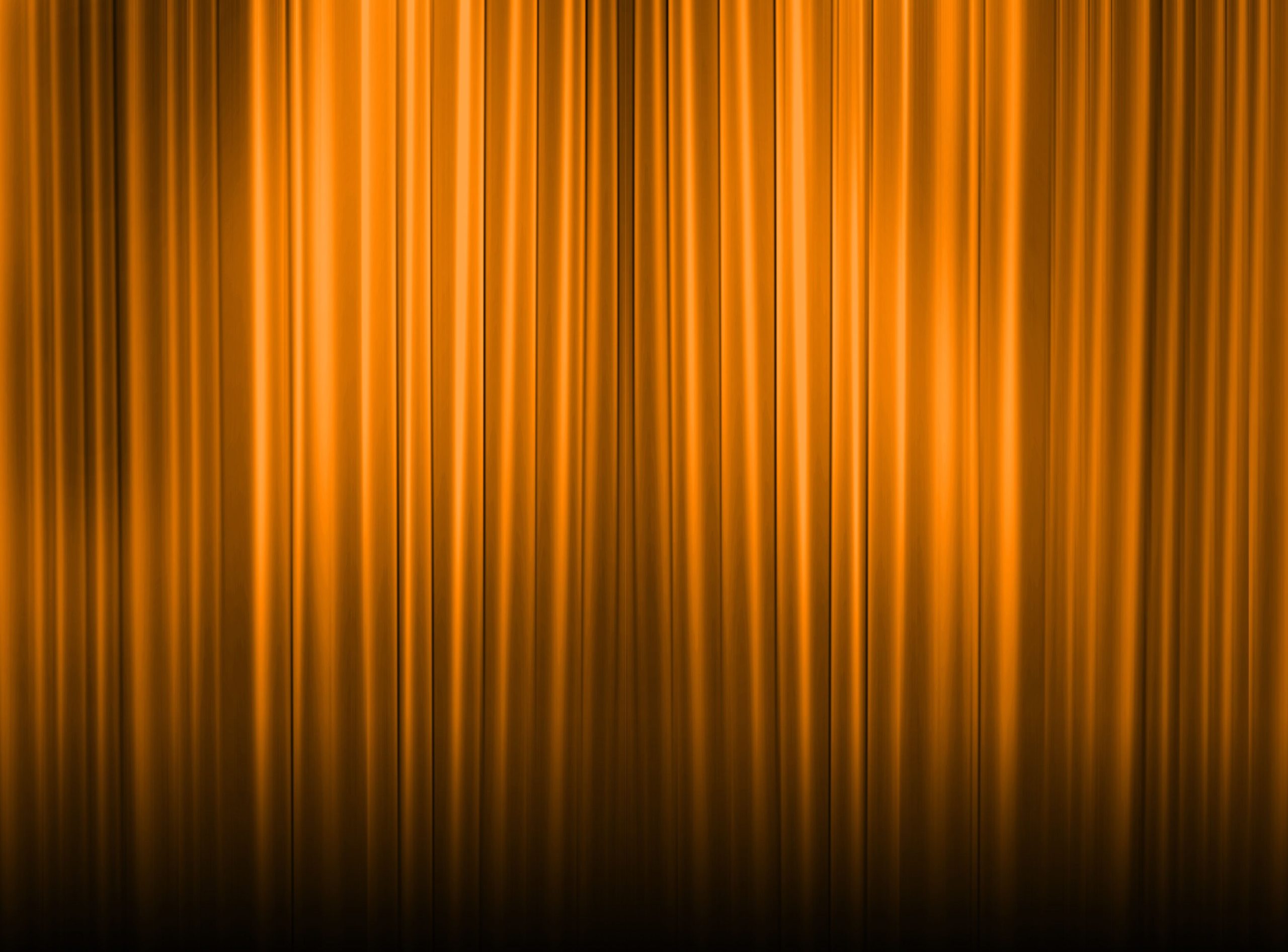For many years, American designers have chosen interior devices for shade. Among them are the familiar curtains, drapes and mini-blinds, and the less familiar verticals, woven bamboo and other woods and Roman shades. Meanwhile, European energy cost increases over the last 45 years have sparked a new trend – the understanding that external devices are superior to internal shading methods. A look around the European landscape reveals an abundance of exterior sun shades, retractable awnings, screens, canopies and roll shutters on public and private buildings of all types. Initial resistance to the outdoor shading originated with high cost, aesthetic depreciation and building professionals unfamiliar with this alternative. If reducing the sun’s impact were the only criteria, outdoor shading would win by a mile.
The Sun Is the Story
You might not be sure how the sun works. To simplify, its energy approaches walls and windows as radiation and convection. Radiation – direct sunlight – arrives as short wave radiation. Convection, long wave radiation, is passed along via reflection and as heat held in the air. When sunlight falls on your home’s walls and roof top, it is stopped, but windows cannot impede short wave radiation, though it halts the long waves. As short waves pass through the glass they fall upon indoor surfaces. There they convert to long wave radiation – heat. Scientists call this “passive solar heat gain.”
The Energy Reality
So, it is clear that a shading device is needed. The question is where should it go? Inside or outside? If you use exterior sun shades, they will bar most short wave radiation before it reaches the window glass. They will swallow up solar energy outside. On the other hand, if the shade is indoors, the short waves will fall upon the shading devices that will absorb them and change them into heat that cannot escape the room. The trapped heat translates into higher temperatures within. The hard truth: whatever you hang behind the windows, the room will get warmer.
Exterior Is Superior
The advantage of exterior sun shades is their absorption and reflection of solar energy before it reaches the building. Research reveals these shades dissipate 95 percent of solar radiation, thereby radically reducing heat gain. This situation varies in terms of weather, shade type, fabric and texture.
Including exterior sun shades as part of your energy management system guarantees less heat penetration into your home. Exterior sun shades are a practical way to keep your home cool and your energy bills low.



